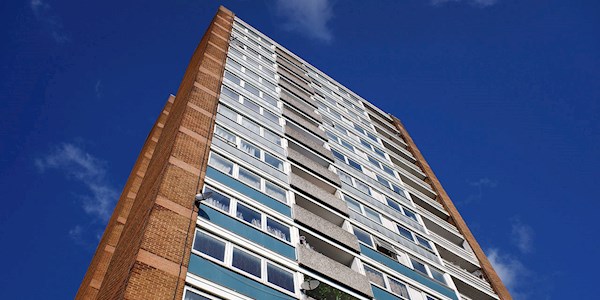
The need for change
The Grenfell Tower fire tragedy raised significant concerns about the adequacy of fire safety measures, building materials, and the overall regulatory oversight of high-rise buildings. It became evident that there was a need for a dedicated regulatory body with enhanced powers to oversee and enforce building safety standards, particularly in high-rise structures. As a result, the Building Safety Regulator (BSR) was created.
A recap on the BSR
The BSR is an independent body set-up by the Building Safety Act 2022 and part of the Health and Safety Executive (HSE)1. As part of this reform, the BSR has three main functions2:
- Overseeing the safety and standards of all buildings.
- Helping and encouraging the built environment industry and building control professionals to improve their competence.
- Leading implementation of the new regulatory framework for high-rise buildings.
In terms of their remit, the BSR regulates high-rise buildings, which are buildings with 7 or more storeys or that are 18 metres or higher. Any hospitals or care homes that reach the same height threshold are also scrutinised during design and construction3.
Recent developments
By 30th September 2023, all high-rise residential buildings in the UK had to be registered with the BSR. Speaking at the recent Fire Conference in October 2023, Chris Griffin McTiernan, Deputy Chief Inspector at the Building Safety Regulator, highlighted that as of 10th October, the BSR has successfully registered 10,695 high-rise buildings, with over 90% of those completing their key building information. Since then, the latest figures, shared by the BSR on 1st November, show that the figure now stands at 12,3184. Despite the successful registrations, the BSR will be examining those who haven't registered and taking appropriate action to ensure they comply with the legislation.
“Fail to comply, and the regulator will bare its teeth." 5
Chris Griffin McTiernan, BSR
In addition, the BSR has identified a deficiency in skills, knowledge, and experience as a significant contributor to subpar safety standards in buildings. To address this concern, the BSR, in collaboration with the Health and Safety Executive (HSE), has established an Industry Competence Committee (ICC)6. Comprising members appointed by the HSE, the ICC has a pivotal role in offering insights and guidance aimed at enhancing competency within the sector. Its mandate extends to advising both the built environment industry and the BSR, ensuring a collective effort to uplift competence standards in the interest of improved safety and regulatory compliance. Click here to view the ICC members.
In the future, developers will also have to demonstrate – and not just declare – how their designs will satisfy building regulations before they start to build. It requires a developer to demonstrate how the building work will be managed and monitored and how it realises the design that was approved.
Closing thoughts
In conclusion, as the BSR takes on a transformative role, the industry finds itself on the brink of a significant evolution. This shift requires active participation, visionary guidance, and a dedication to constructing a future that is both safer and more accountable.

